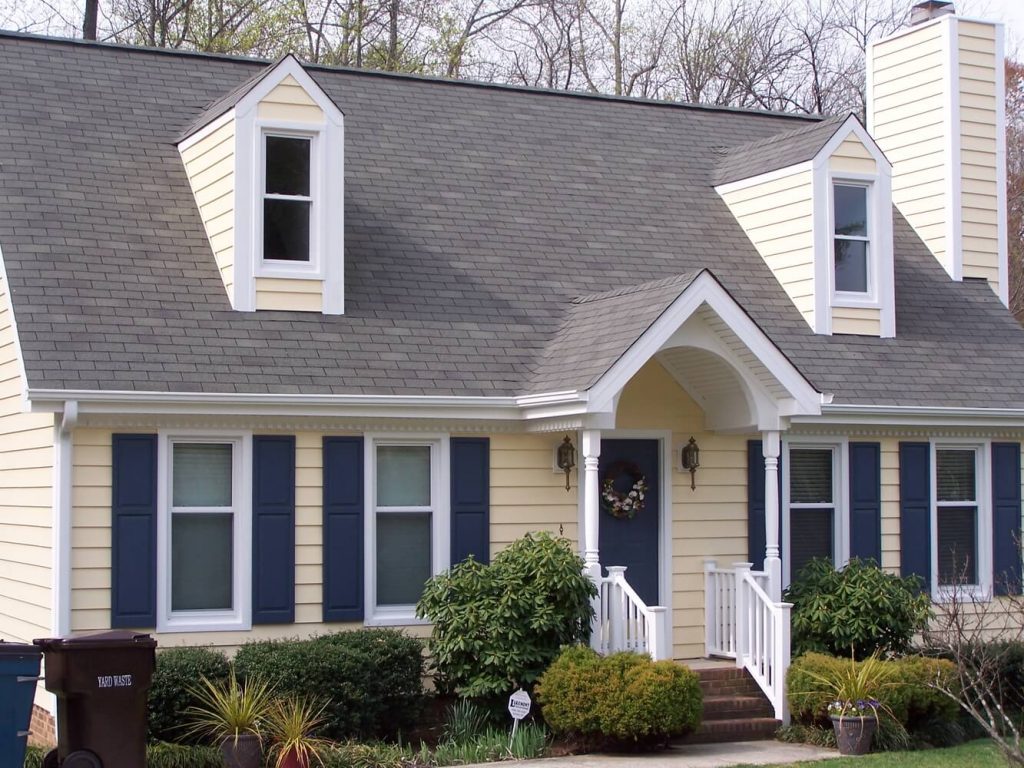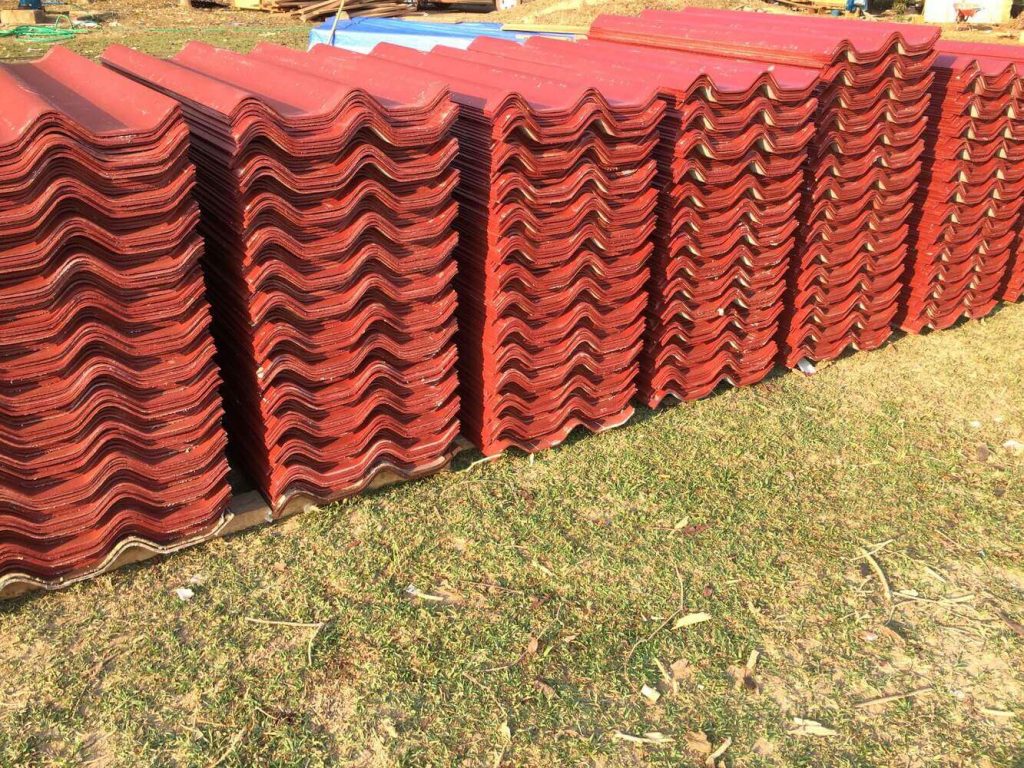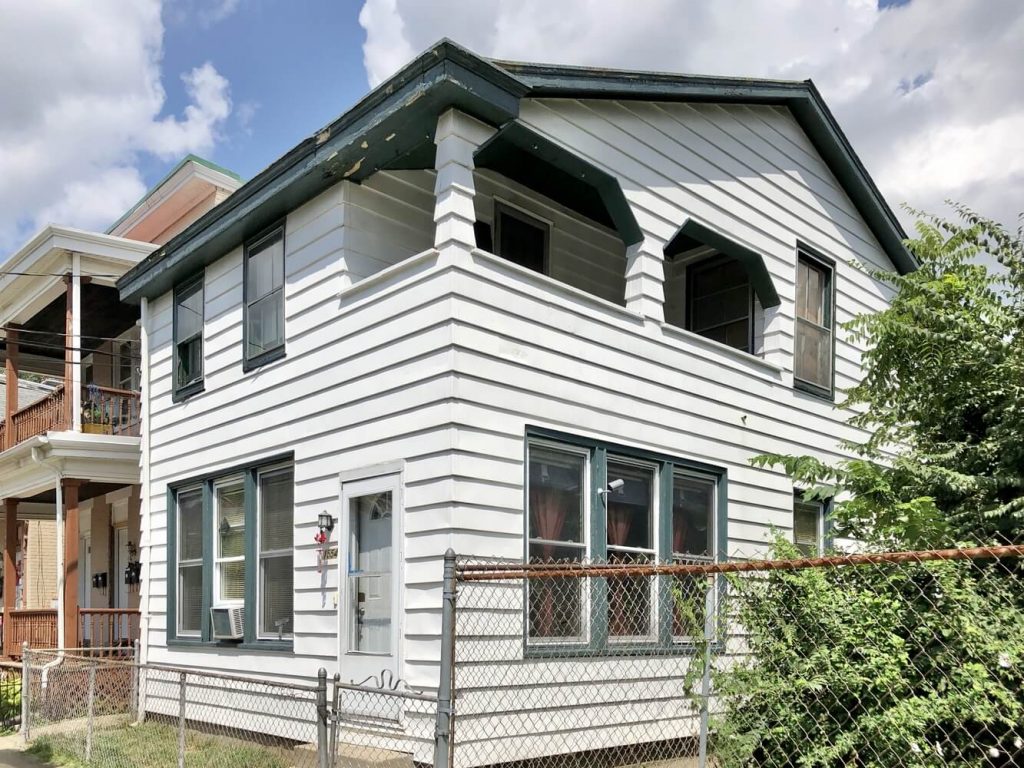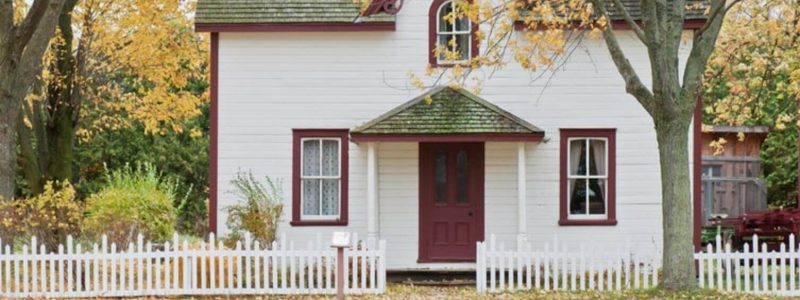Your home is your most valuable asset. It’s where you live, work, and play. It’s a place of comfort, safety, and security for your family. But it can also be a dangerous liability if not properly maintained. One way to ensure that your home withstands the elements while looking good on the outside is by investing in quality siding. However, exterior renovations can get quite hefty. Fortunately, you have plenty of budget-friendly options without compromising too much aesthetics, and here are three of them!
1. Vinyl Siding
Vinyl siding is one of the most popular siding options in existence. Known for its durability, cost-effectiveness, and versatility, it’s no surprise why many modern homes use this material for their exterior.
Vinyl is manufactured in a process called co-extrusion. It’s typically composed of two layers of PVC (polyvinylchloride): a weatherable exterior that comprises 25% of the thickness and a rugged interior layer for support. Since vinyl can be cut into different shapes and lengths, it’s more flexible in adapting to building design while taking up less space in storage areas.
Regarding durability, vinyl withstands extreme weather conditions pretty well. It also resists insect infestation, unlike wood, so you won’t have to worry about rotting. However, you have to be wary of possible moisture leakage into minor cracks, resulting in gradually degrading siding quality.
So, how much do you have to spend on this investment? On average, a square foot of vinyl costs around $1 – $8. This is already pretty cheap compared to premium materials like natural stone that averages at $20 – $30 per sq. ft. Keep in mind that the thickness of the vinyl also contributes to the overall cost of your exterior.

2. Fiber Cement
Fiber cement is one of the newest players in the market, but it has taken the real estate scenario by storm. It’s an affordable option for homeowners who want to clad their homes without spending a fortune. But what exactly is fiber cement?
As the name implies, fiber cement is a mixture of cellulose fibers from plants and Portland cement together with water. This material has a variety of benefits. One being highly fire retardant, perfect for wildfire-prone areas. It’s also termite-free and resistant to water damage. Moreover, it doesn’t degrade to long-term UV exposure compared to vinyl siding.
But of course, fiber cement is not without flaws. You will have to consider your utility usage since this material’s insulation value is only subpar at best. On top of that, it might seem cheap right off the paper, but it’s not something you can install by yourself. You will have to consider hiring professionals to apply it properly, adding to the costs.
As for the price, fiber cement is a little more expensive than vinyl. For every square foot installed, expect to pay around $5 – $13. However, you also get more durability than vinyl, fewer maintenance requirements, and a better aesthetic almost similar to that of wood. Sounds like a fair advantage, right?

3. Aluminum Siding
Aluminum siding might not be as popular as before, but it’s still a decent exterior choice. It provides a lot of benefits, from low maintenance to durability. The material is generally cheaper than other exteriors, so you’ll likely be able to afford it even if your budget is tight. A square foot of aluminum will cost you around $1 – $7 only.
The longevity of the metal is also a good choice if you plan to keep your home for a long time. A typical warranty offered by siding companies can range from 30-40 years. It’s good at enduring extreme weather changes, freaks of nature, and even earthquakes.
There are some downsides to aluminum siding, though. The material gets super hot on sunny days that you’ll have to be careful with kids around. It also won’t work well with older homes with cedar shake roofs because there will be an exposed gap between materials where moisture could accumulate. Aluminum is also not ideal for coastal areas since it can rust away. Other than that, it’s a pretty viable exterior option nowadays.

Wrapping It Up
It’s good to hear that even if you don’t have a massive budget for your exterior, you still have plenty of options to choose from. Just keep in mind that many factors can influence your choice, including the weather around your area. Some siding materials are great for wet and cold regions, while others excel in keeping out the intense heat. Your location also matters and, of course, your desired aesthetics, whether you want to keep things minimal or affluent. It pays to be informed!

